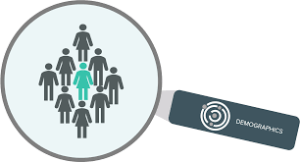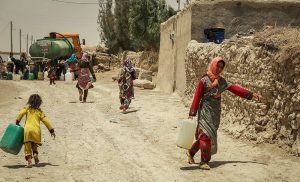Demographics
Demographics refers to the statistical characteristics of a human population, including factors like age, gender, race, income, education, and occupation. It’s a way to understand the composition and distribution of people in a specific area or group, providing insights into their behaviors, preferences, and needs. Demographic data is used for various purposes, including marketing, urban planning, and social research.
Here’s a more detailed breakdown:
Key Demographic Characteristics:
- Age: Age distribution can reveal the relative proportions of young, middle-aged, and elderly individuals in a population.
- Gender: The proportion of males and females in a population.
Race and Ethnicity: Categorization based on ancestry and cultural background. Income: The level of financial resources available to individuals or households. Education: The level of formal learning and qualifications attained by individuals. Occupation: The type of work individuals engage in. Other factors: Demographics can also include information on family structure, household size, geographic location, language spoken, religion, and more.
How Demographics are Used:
- Marketing: Businesses use demographic data to target specific customer groups with tailored products and advertising campaigns.
Urban Planning:
Understanding demographic trends helps city planners anticipate future needs for housing, transportation, and public services.
Social Research:
Demographics are essential for studying social issues, understanding inequalities, and developing targeted interventions.
Public Policy:
Policymakers use demographic information to make informed decisions about resource allocation and social programs.
In Kerman, Kerman Province, understanding demographics would involve analyzing the age, gender, ethnicity, income levels, education levels, and other relevant characteristics of the population within that specific region. This information would be useful for various purposes, such as planning local services, understanding consumer behavior, and addressing social needs.































Post Comment